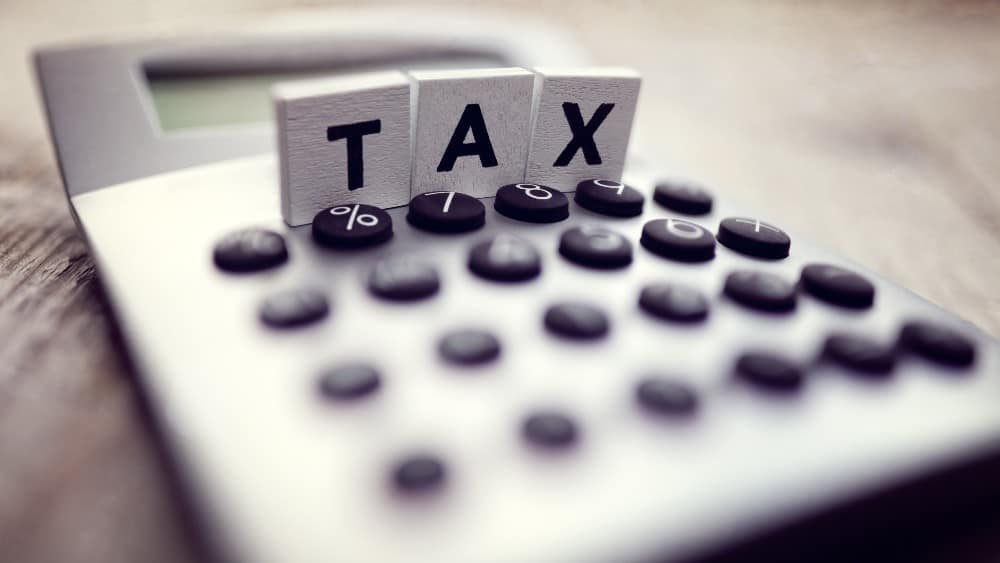The year 2020 changed everyone and everything, even the income tax. Apart from showing how fast an infection can turn into a pandemic, it also showed how true the often-repeated marketing mantra ‘Nothing is impossible’ is. The year showed us how food, clothing, and shelter are the only things that humans need to survive — and how important technology and the environment are for the future of mankind.
The COVID-19 pandemic is a dark cloud with a silver lining. Similarly, the Canada Revenue Agency (CRA) introduced three changes to the 2020 income tax returns to help Canadians deal with the lifestyle changes that came with the pandemic. Before you file your taxes, here are some pre-requisites related to your taxable income, tax breaks, and tax payments.
T4 slip shows COVID-19 benefits
Your employer issues a T4 slip every year, which carries the summary of your employment income and deductions for a particular tax year. For the 2020 income tax year, you will receive three additional slips. A T4E slip if Service Canada paid cash benefits to you, a T4A slip if the CRA paid cash benefits to you, and RL-1 slip if you have stayed or worked in Quebec.
Home-office-expense income tax deduction
For the 2020 income tax year, the CRA changed the method of computing the home-office-expense income tax deduction. Earlier, the agency would calculate the deduction amount using the traditional method. But for 2020, it has simplified the calculation by using a temporary flat rate method. This change is only for the 2020 income tax year, as many people worked from home to prevent the spread of the infection.
Under the temporary flat rate method, you can claim $2 per day or a maximum of $400 from your taxable income as a home-office-expense tax deduction. You can make this deduction only if you worked from home for over 50% of your working hours for at least four consecutive weeks last year.
According to this calculation, you can claim a home-office-expense tax deduction for up to 200 days ($400/$2). These 200 days should not include sick leaves, statutory holidays, and vacations. Also, you can only claim home office expenses not reimbursed by your employer.
Interest relief on delayed payment of income tax
The deadline to file your income tax returns for 2020 is April 30, 2021. Earlier, you had to pay your outstanding income tax before the deadline to prevent the CRA from charging interest on the unpaid amount. However, for the 2020 tax year, the agency is not charging any interest on your unpaid income tax in the light of the pandemic. You have until April 30, 2022, to clear your income tax dues. After that, the CRA will start charging interest.
However, the CRA will still charge a penalty of 5% for late filing of income tax returns. If you do not pay your tax dues within a month after the deadline, it will charge another 1% per month for up to 12 months. You can read my previous article to check whether you are eligible for interest relief.
Taxpayers’ corner
These CRA benefits will reduce your tax bill significantly. You can put this amount in your Tax-Free Savings Account (TFSA), withdrawals from which are tax-free. The CRA has allowed Canadians to put up to $6,000 in the TFSA in 2021.
You can invest in Canada’s largest telecom company BCE (TSX:BCE)(NYSE:BCE) through your TFSA. The company is investing in infrastructure to expand its 5G footprint. Further, it has increased its dividend per share by 5.1% for 2021. The stock is currently trading at 22.5 times its earnings per share.
At present, BCE has a dividend yield of 6.2%, which means that if you invest $1,500 in the stock today, you will earn an annual dividend of $93 by the end of the year. If the company increases its dividend at a compounded annual growth rate of 6%, that $93 will become nearly $167 by 2030.










